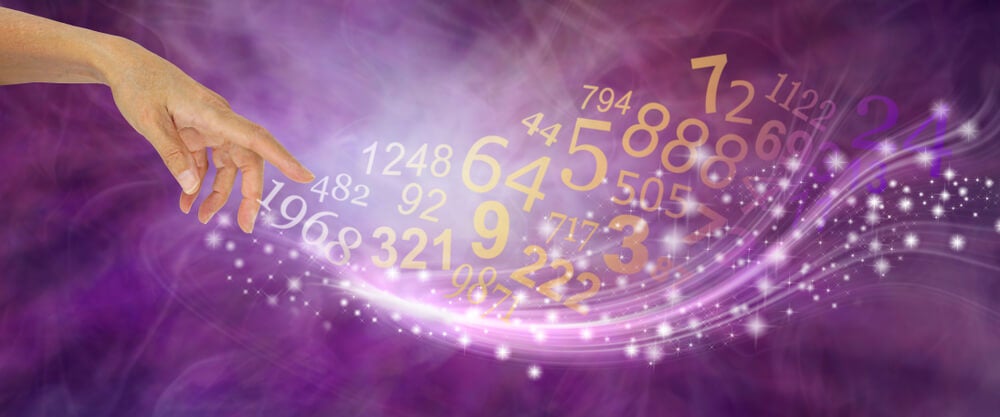There are coincidences that, for many people, go beyond chance, it is up to us to take advantage of the opportunities they offer.
It is the game of life that chartes a course that sometimes amazes us because we are not able to give a logical explanation of what happened. We’ve all somehow lived through something like this.
Coincidences give us a valuable opportunity to reflect on ourselves and everything around us.
In this frantic rhythm of our day-to-day life, so full of pressures, routines and obligations, we suddenly meet this childhood friend, who enters a bookstore to buy the same book as us, stops the world for a moment.
It is a surprising parenthesis in our reality, in which we simply take advantage of this singular coincidence, it is at this moment that we let ourselves be embraced by the unexpected and delight in the taste of magic.
Now, in addition to this nuance, there is another more relevant one: every casual event can hide the door to an opportunity, it is these sparks of destiny that everyone must interpret with openness, intuition and creativity to make sense of them.
“Never experiencing an unusual coincidence is much more unusual than the coincidence itself. Isaac Asimov?
Josh Tenenbaum, professor of cognitive and computer science at the Massachusetts Institute of Technology (MIT), says coincidences are a strange paradox.
On the one hand, at first glance, it seems a rather irrational issue, but if there is one aspect that science implies is that much of the most surprising discoveries often come from surprising coincidences.
As impressive as it may seem, science has always had a keer interest in such events. In 1989, mathematicians Persi Diaconis and Frederick Mosteller conducted a study to discover a method of matching analysis.
What they have shown is that really significant coincidences happen at low frequency, but still, yet they pointed out something else: the coincidences are in the viewer’s eye.
That is, only those who know how to appreciate the transcendence behind chance can take advantage of the opportunities offered by life. This image corresponds to what Carl Jung himself defined as synchronicity.
For the famous Swiss psychiatrist, there are events related to each other, not by the simple law of cause and effect, sometimes external events coincide with our internal emotions and needs.
Marc Holland, psychologist and author of the book “Synchronicities and Coincidences Through the Eyes of Science,” explains something very interesting about the subject. The reason these phenomena happen is to make us feel something different.
All these facts impact and invite us to reflect deeply on the mystery of life.
Let’s give a simple example. A few months ago you met someone who attracted you to training, but you didn’t get a chance to talk to him.
Several months have passed since the end of the course, and that face has not yet disappeared from his mind. Suddenly, one afternoon, shopping at a mall, you see this person from afar.
This significant coincidence (or synchronicity, an inner desire is linked to an external fact) provokes wonder, then anxiety arises and the contained emotion prevents you from reacting.
However, this will make you miss an opportunity. Because an unused or unexploded coincidence is like an unsused letter. That way, you’ll never know what fate holds for you?
A large number of psychiatrists from all over the world, as well as physicists, scientists, economists and journalists, decided to create the so-called Serendipity Society a few decades ago, with a simple yet complex goal: to understand the phenomenon of coincidences.
A first fact they already take for granted is that coincidences are created, what happens in front of us depends on our personality, our openness, our curiosity and our ability to observe and appreciate important events.
Thus, the person who rarely looks around, who does not accept changes in his routine, which is characterized by an uncompromising mind, will hardly appreciate or model these phenomena.
Once again, the idea of mathematicians Persi Diaconis and Frederick Mosteller is real: coincidence is alone in the viewer’s eye.
Carl Jung, for his part, defended the Unus Mundus theory, which states that the psychic world and the material are the same entity, so the observer and its reality would be the same, the same subject always linked.
Now, in addition to Jung’s theories, what scientists don’t deny is that coincidences happen because we often make them possible.
If the scientist did not experiment with certain elements, these astonishing coincidences would not happen, if we stayed at home and did not look at the world with this brush of childish curiosity, confidence and openness, we would not appreciate the magic of chance. either.
However, remember one simple aspect: coincidences happen, but if they happen, it is so that we can take advantage of the opportunities that present us.

